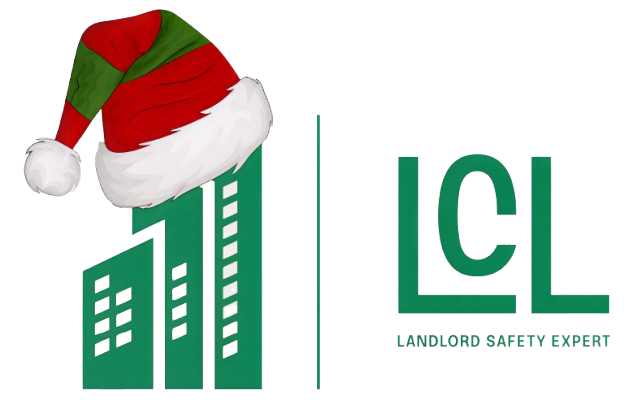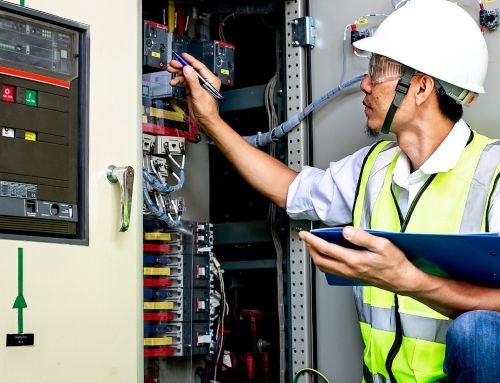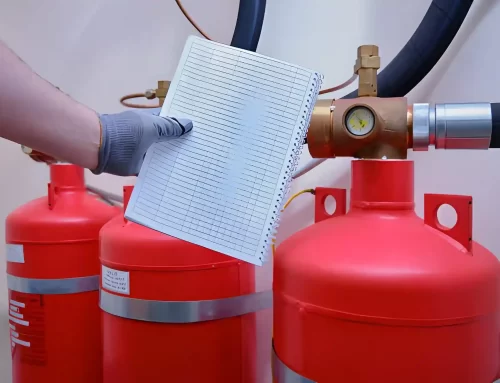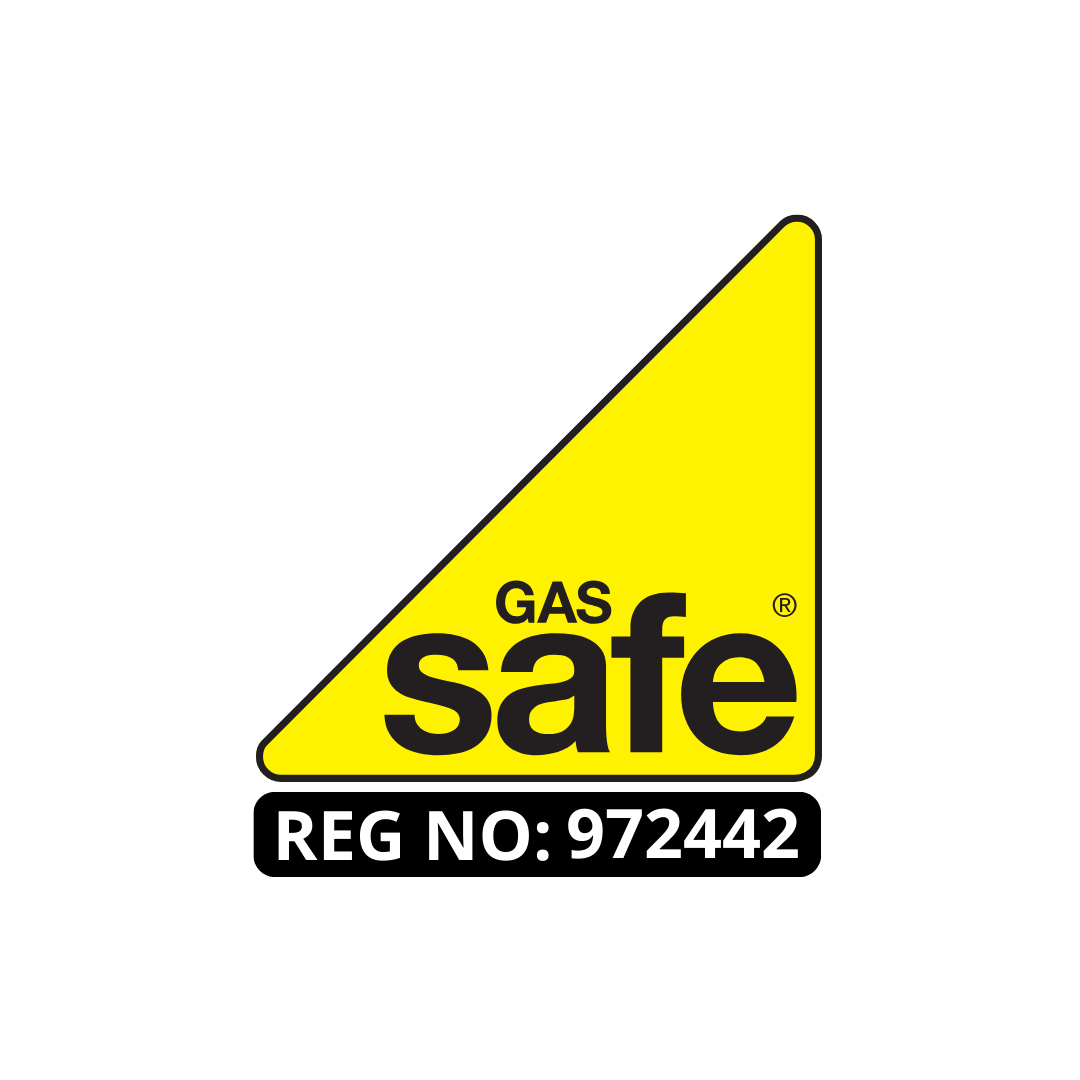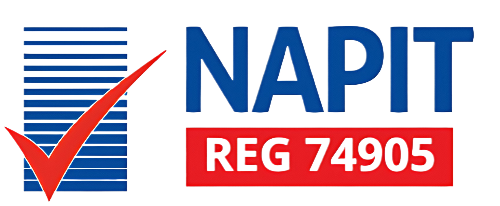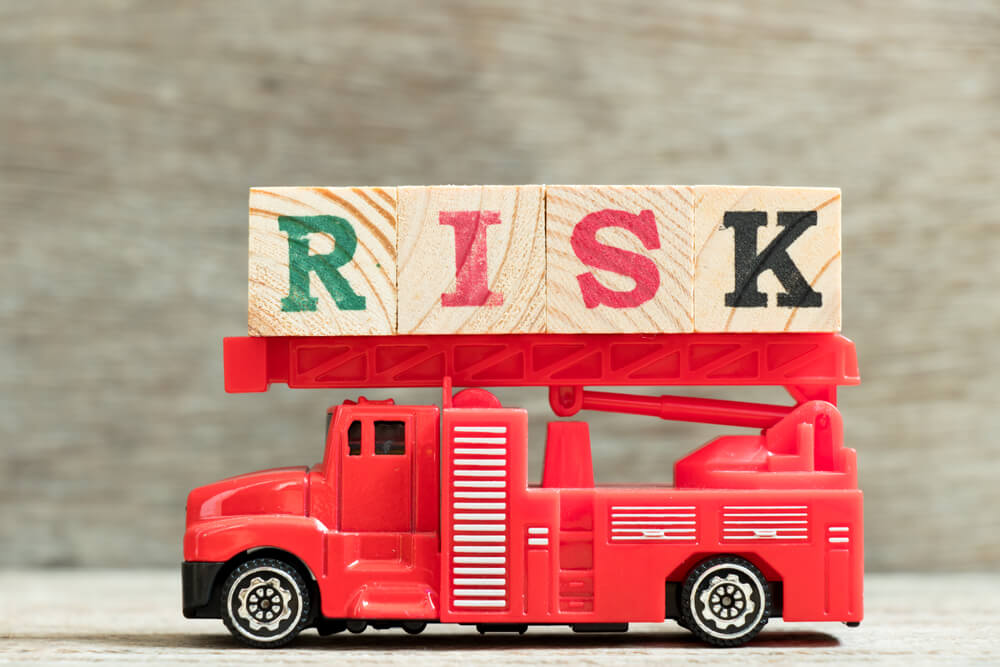
How Many Steps Make Up a Fire Safety Risk Assessment?
How Many Steps Make Up a Fire Safety Risk Assessment;
As a business owner or manager, it is your duty to guarantee your premises meet all legal fire safety requirements in your region. This includes conducting an assessment of potential risks.
According to the Regulatory Reform (Fire Safety) Order 2005, every UK business is required by law to conduct regular fire assessments and review them annually. It’s a complex process that can be difficult to remember all of its steps!
1. Identifying the hazard (How Many Steps Make Up a Fire Safety Risk Assessment)
How Many Steps Make Up a Fire Safety Risk Assessment;
The initial step in conducting a fire safety risk assessment is to recognize the hazard. This involves observing and identifying any sources of ignition, fuel or oxygen which could start a fire. Once identified, take steps to prevent these elements from coming together in order to lower the chance of this occurring.
These could include naked flames, heaters or any flammable item – including electrical equipment. You should also watch out for structures that could catch fire such as flues and ducts, holes in firewalls or unoccupied roof spaces.
You should also take into account those who could be affected by a fire, such as employees, customers or contractors. Think about whether they will be able to evacuate if one occurs and how they would react in such an emergency.
Fire safety risk assessments differ from health and safety risk assessments in that they require more detail and include multiple steps. This is because fires can be fatal if not dealt with appropriately.
Conducting a fire risk assessment on an ongoing basis is necessary to make the business aware of any potential threats and take steps to minimize them. Not only does this protect from accidents or near misses, but it also strengthens its reputation with clients or partners.
This will usually involve a table that asks about current fire precautions. You then need to decide if these measures are sufficient and need improving; if so, implement them and document what has been done. Share this document with anyone who should be aware of it, as well as keeping a copy on hand for future reference.
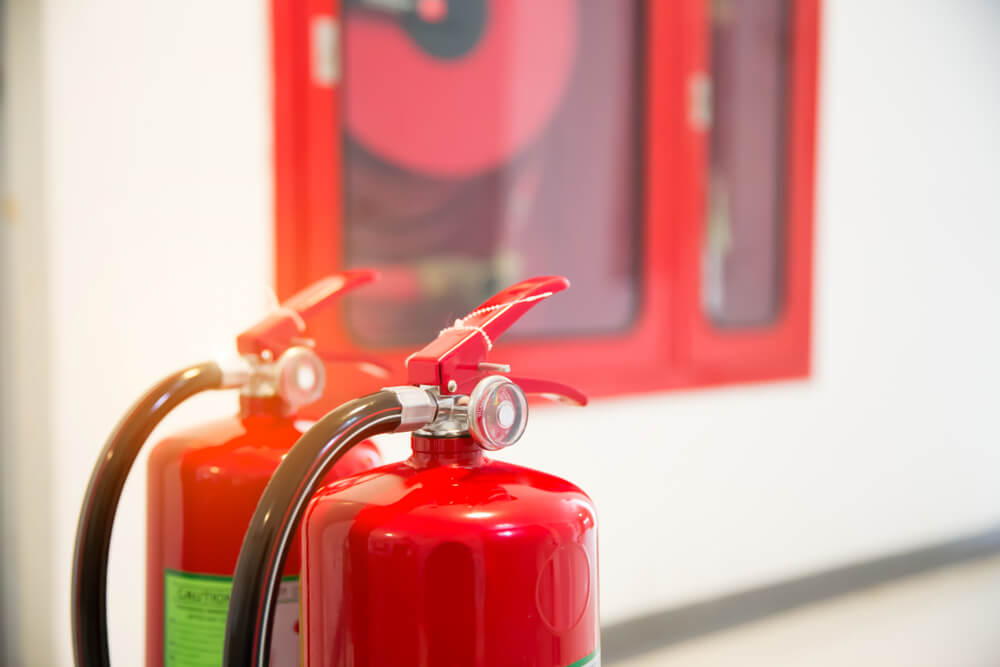
2. Identifying the people at risk (How Many Steps Make Up a Fire Safety Risk Assessment)
How Many Steps Make Up a Fire Safety Risk Assessment;
Identification of those at risk is one of the most essential steps in conducting a fire safety risk assessment. This involves evaluating the number and capabilities of employees, contractors, visitors, and others who may be present on your premises. It also takes into account any physical or mental impairment that might exist and how difficult it would be for them to exit should there be a fire.
Once you’ve identified those at risk, you can decide how to best ensure their safety. This could involve making workplace modifications like eliminating fire hazards or installing fire safety equipment. It could also address human factors like smoking and employee fatigue.
Before beginning, take a tour of your workplace and scan for any fire hazards that are present. These could include electrical hazards, chemical hazards, as well as physical threats like cluttered work areas or blocked fire exits.
Once classified, each area of your workplace should be classified as either high, normal, or low risk. Low-risk zones should be easy for people to exit in case of fire and contain little or no heat/flame sources and ignition sources.
After that, you must assess and decide if your current fire safety measures are sufficient or require any improvement. Do this by identifying how many people could potentially be at risk, what activities take place within the premises, and which precautions you currently have in place.
Once you’ve assessed and determined how to reduce risks, it’s time to put into action your plan. This involves creating a fire safety plan, instilling training on it for all employees, as well as conducting regular reviews of the plan itself.
3. Assessing the risk of a fire (How Many Steps Make Up a Fire Safety Risk Assessment)
How Many Steps Make Up a Fire Safety Risk Assessment;
A fire safety risk assessment in the UK seeks to identify potential fire hazards and determine how best to reduce or eliminate them. It involves assessing the hazard, those at risk, as well as any control measures that must be implemented.
The responsible person for conducting a fire safety risk assessment at an establishment is known as the’responsible person’. This individual may be an employer, owner, landlord or occupier and must possess sufficient competence to carry out their assessment effectively and efficiently.
In some cases, this may be a member of staff or an experienced fire safety assessor. Unfortunately, it’s not always feasible for the Responsible Party (RP) to perform the assessment themselves due to lacking necessary knowledge or abilities.
Therefore, they can ask a friend or family member to do the work for them or seek professional assistance with the task at hand. This person is known as a ‘competent person’ and may not necessarily be an expert, but is highly trained or experienced in dealing with similar problems.
No matter who conducts a fire risk assessment – whether the responsible individual or an outside entity – it must be documented. This means that all key findings and actions to be taken must be recorded in writing, regardless of how large or small the premises may be.
Completing a fire risk assessment is usually quite straightforward. Depending on the size of the premises, it usually involves conducting an interview and drawing to scale with any relevant structural features and use of specific areas. It’s beneficial to provide copies of this plan to any emergency services in case there were ever a fire at the premises.
4. Identifying the control measures (How Many Steps Make Up a Fire Safety Risk Assessment)
How Many Steps Make Up a Fire Safety Risk Assessment;
Fire safety risk assessments are an integral part of keeping your premises secure and allowing everyone who uses the premises to evacuate quickly in case of fire. You must complete these assessments and maintain a written record for legal purposes – this helps meet legal obligations and avoid penalties.
Showing you’re doing your best to protect customers and visitors is a sign of good will. In the UK, you must adhere to local authority guidelines when carrying out assessments to guarantee people’s safety.
If you are uncertain how to conduct a risk assessment, an ‘expert person’ (e.g., professional fire assessor) can assist. This is often an ideal option for small businesses that do not possess sufficient resources to carry out their own assessments.
Once you’ve identified the risks, it’s time to determine how you can reduce them and protect people in case of fire or explosion. This could involve reducing combustible materials in your premises, providing safer procedures and practices for staff, or installing fire alarms.
For example, if you own or manage a shop, fire escapes may need to be installed or staff trained on evacuation procedures. Construction sites might also need to ensure there are fire extinguishers and emergency exits close by work areas for added protection.
Identification of control measures is an integral component of a fire safety risk assessment in the UK. This involves deciding which ones are necessary to safeguard people against fire hazards, and which ones aren’t. Furthermore, you need to assess if these measures are suitable and applicable for your premises.
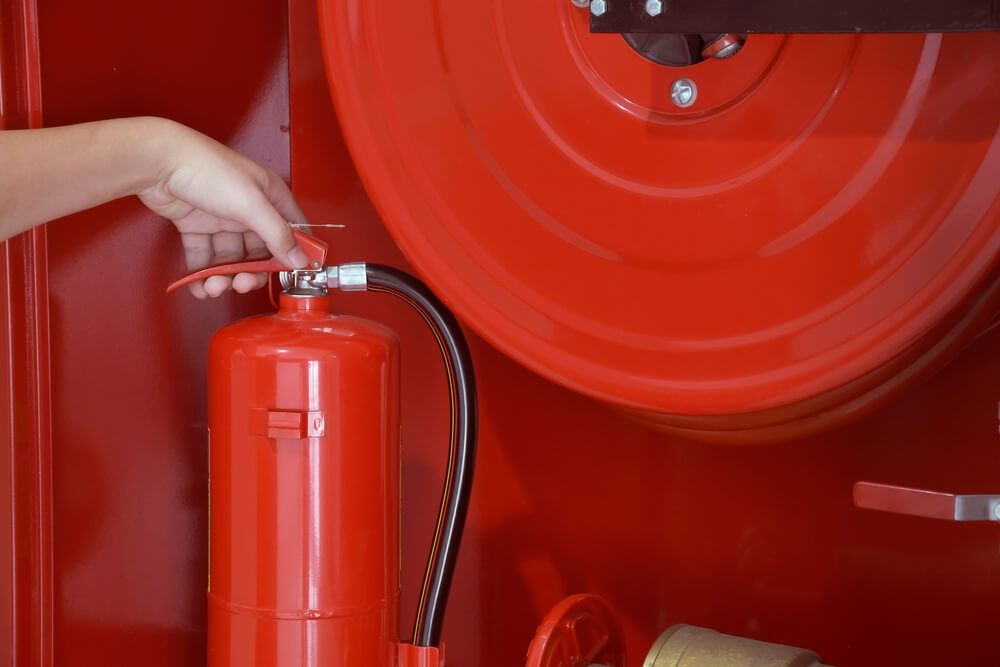
5. Implementing the control measures (How Many Steps Make Up a Fire Safety Risk Assessment)
How Many Steps Make Up a Fire Safety Risk Assessment;
In the UK, fire risk assessments are a legal requirement that ensures your business and employees’ safety. If you fail to do this and someone gets injured or killed on the premises, you could face legal repercussions or even imprisonment.
To meet this requirement, you should conduct a comprehensive and detailed risk assessment of your business. If you don’t have the time or expertise to do it yourself, appoint someone ‘competent’ (like an experienced risk assessor) for this task.
Once you’ve identified all your risks and hazards, the next step is to put measures in place to minimize them. Utilizing a hierarchy of risk control is an effective way to do this and it will help identify which hazards require more attention.
You can reduce the risk of fire by eliminating certain processes that create an explosive atmosphere, or by making sure your machinery is serviced and cleaned according to manufacturer’s instructions. Furthermore, you should remove waste material that could serve as fuel, and store flammable substances safely.
Once you’ve implemented these measures, it is essential to monitor them and review them regularly. Doing so will guarantee that your measures are working efficiently and not creating additional fire risks.
In the UK, fire safety risk assessments consist of five steps: identifying the hazard, assessing it, implementing control measures and monitoring their effectiveness. Knowing these five steps will help keep your business secure while complying with legal obligations. Furthermore, conducting regular fire safety risk assessments gives your business a better reputation among clients.
Need to Book a Fire Risk Assessment, Book Now with us!
About the Author: LandlordCertificate
Related Posts
Get Social
Recent Posts
- What must landlords get right for Fire Risk Assessment London compliance?
- UK Gas Safety Regulations for Landlords & Tenants: Introduction to Gas Safety Certificates
- Check If Your Gas Engineer is Registered: London Gas Safety Certificate London
- Fire Risk Assessment London Complete Guide to Compliance and Legal Responsibilities
- The Role of EICR London in Maintaining Safe Properties
